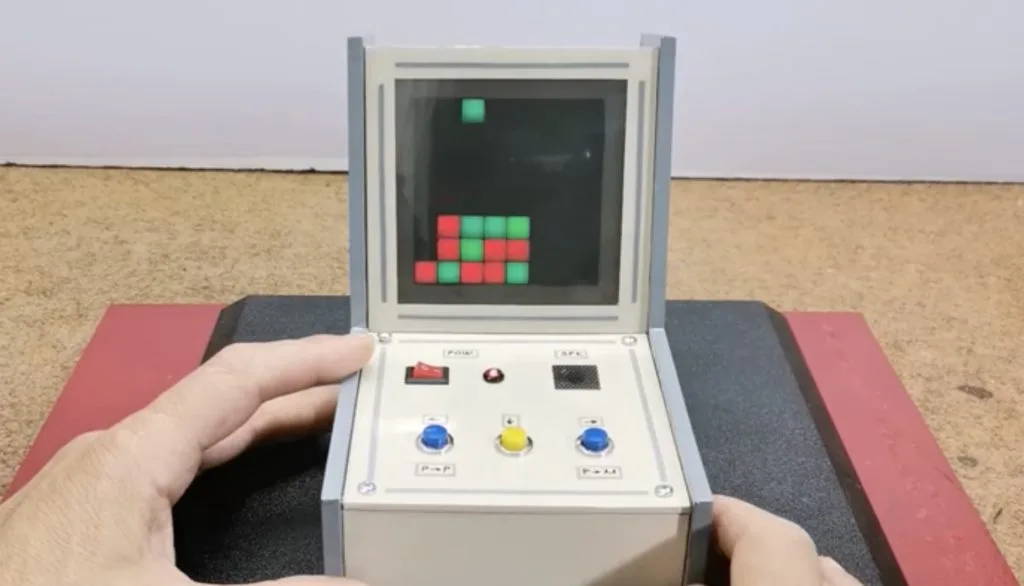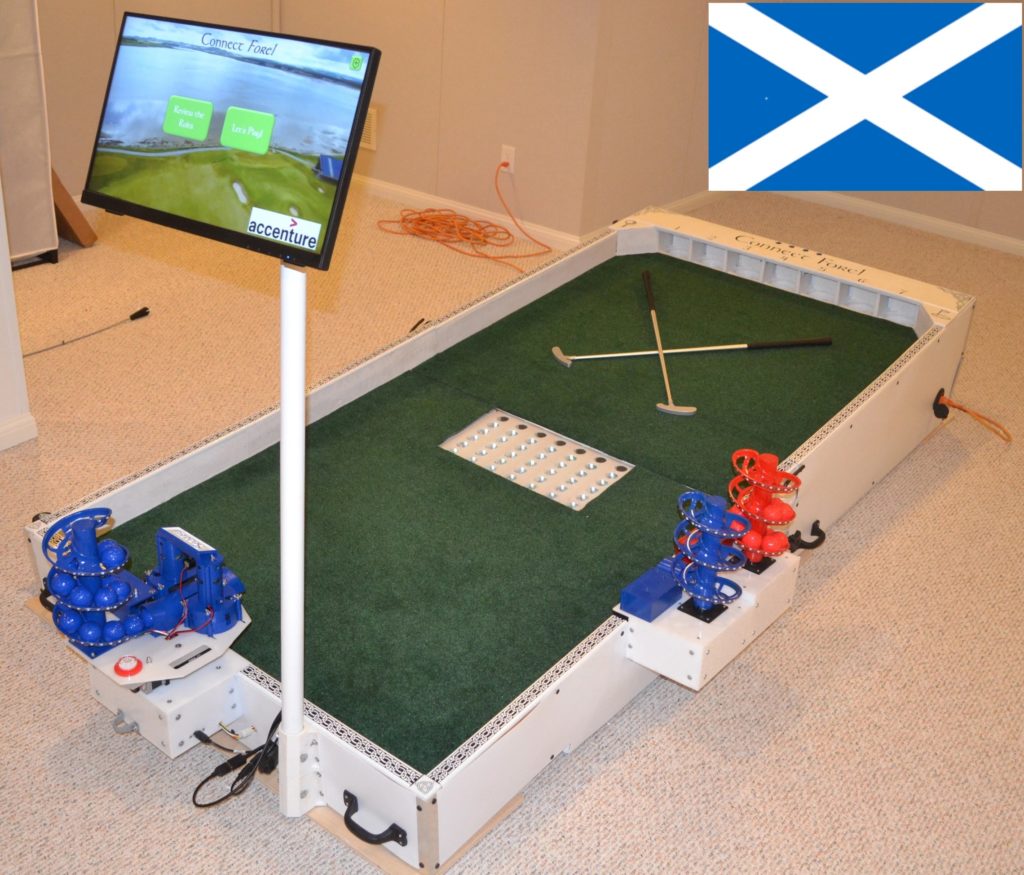Schlagwort: Connect Four
-

Automating Connect Four setup and cleanup
Reading Time: 2 minutesGood old-fashioned tabletop games are a lot of fun to play, but they’re a pain in the butt to set up. We all know the pain of divvying out Monopoly money and organizing tiny plastic houses. Connect Four players might spend as much time organizing pieces between games as they do actually…
-

Electronic game of Connect Four played on an 8×8 LED matrix
Reading Time: 2 minutesThe childhood classic tabletop game of Connect Four entails dropping either a red or yellow disc into one of several columns in a grid with the hope of lining up four in a row. And even though the game has existed digitally for a while now, it is mostly played on LCD…
-

Playing Connect Four against a mini golfing AI opponent
Reading Time: 2 minutesArduino Team — April 27th, 2021 Have you dreamed of combining the two incredible activities putt-putt and Connect Four together into the same game? Well one daring maker set out to do just that. Bithead’s innovative design involves a mini golf surface with seven holes at the end corresponding to the columns. The system…


